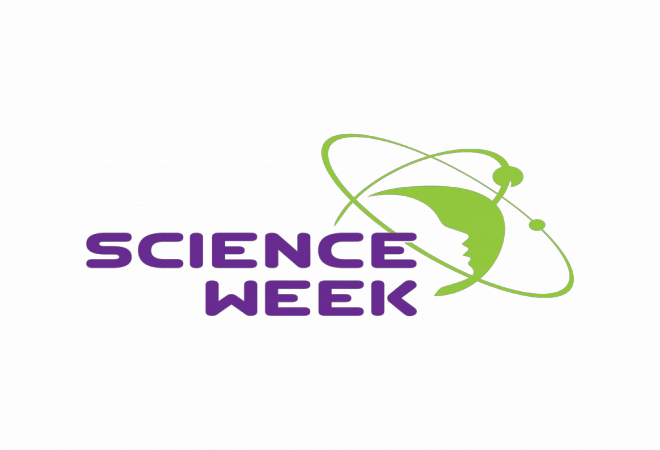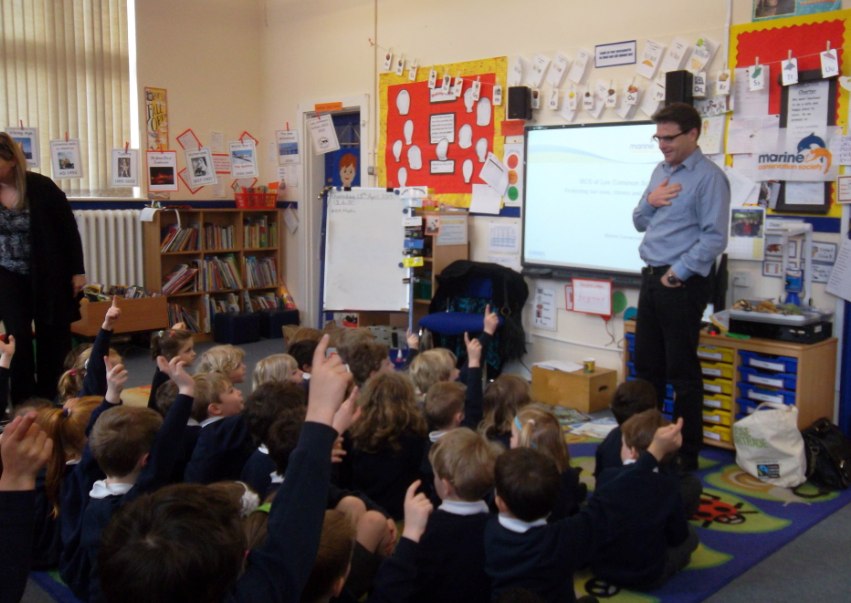
Giles Robertson, Managing Director of Green Banana Marketing and associate Sustainability Practitioner, Kim Bailey, took part in a Google Hangout Session on whether consumers have turned-off from green and how marketing can switch them back on.
Check out the video on our You Tube Channel:
Here are the top 10 tips for marketing sustainability that came out of that conversation:
- Create your own unique sustainability journey
- Gain leadership from the top for an effective team effort
- Drop the jargon, avoid ‘greenwash’, go for absolute clarity
- Link-up with those in the know to lessen your environmental impacts. This can be with NGOs such as the Marine Conservation Society to work on marine projects or sustainability experts to gain the right standards and certifications
- Develop credible targets and deliver tangible outcomes
- Breakdown your vision into bite-size pieces
- Use real people and real projects to tell your success stories
- Be bold in your ambitions and actions and let people know about them
- Social media is your best friend in creating conversations and motivating your customers, explain on a day-to-day basis how you are doing things and don’t ever tell porkie pies
- Celebrate success & reward your customers. Place the emphasis on personal benefit and show how the greater good has benefited too.
Although the good old marketing strategies of knowing your customer and meeting them where they are in their environmental knowledge still holds good; sustainability marketing requires tangible proof for any claims. Promises need to be delivered.
Green Banana Marketing Ltd’s associate sustainability practitioner, Kim Bailey, works with companies and charities to ensure that they are as green, smart and fair as they claim to be.
Follow us on Twitter @gogreenbanana.



